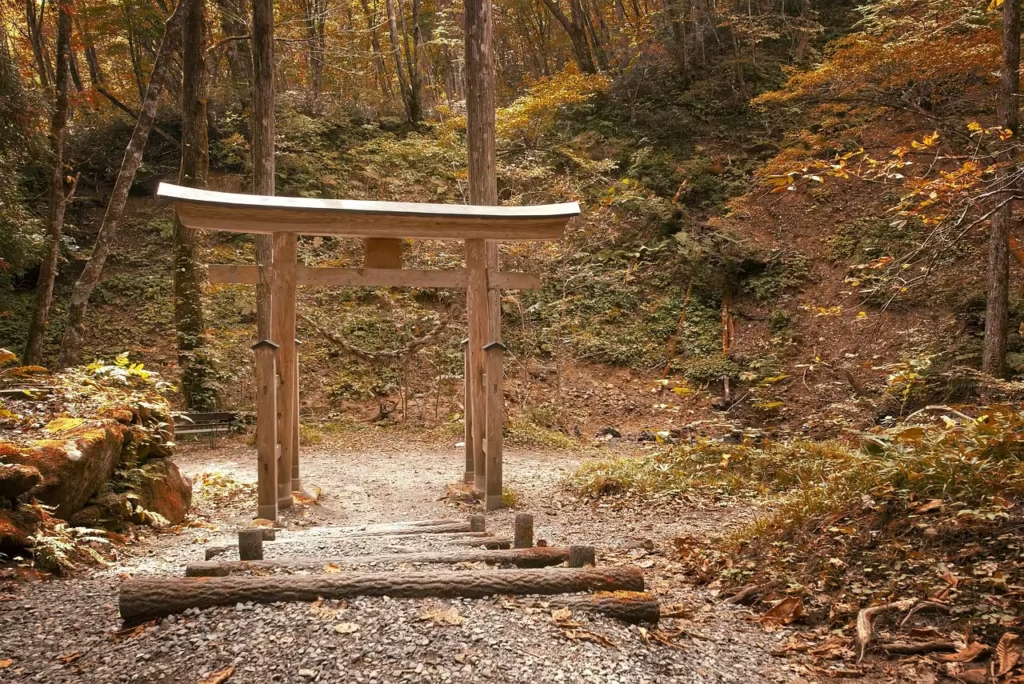Conscious design for better living.
Well-being begins in the place you live.
We live in a world where cities are expanding rapidly, and with them, our need to adapt our spaces to an increasingly fast-paced and functional life. However, in this constant process of urbanization, it seems we’ve forgotten something essential: our connection with nature and the importance of the spaces around us. Asian architecture, with its timeless principles, invites us to question how we design our environments and what we may be leaving out of the process.
In a society where modern buildings and cutting-edge designs dominate, traditional Asian architecture offers a different perspective—one that values the harmony between humans and their surroundings. This approach goes beyond aesthetics; it’s a philosophy of life. Instead of seeing nature as a secondary element, it is integrated into the design in ways that not only beautify but also promote the physical and emotional well-being of those who inhabit these spaces. This relationship with the environment is not merely about planting more trees or adding more greenery; it’s about building in a way that respects and celebrates the natural resources of the place. Local materials such as wood or stone don’t only respond to sustainability concerns; they carry symbolic value that connects inhabitants with their culture and territory. In this sense, architecture becomes an extension of the land itself, a constant reminder of our relationship with the environment.

Flexibility and Void: Key Elements for Contemporary Life
In today’s fast-paced world, where family, social, and work dynamics are constantly shifting, we need spaces that can adapt to those variations. This is where Asian architecture offers invaluable lessons. Flexible design, which allows a space to transform according to the needs of the moment, and the concept of the void—understood not as absence but as opportunity—are crucial aspects that could transform how we live today.
The idea that a space must be filled with objects or activity to be useful is a notion we’re beginning to question. Rather than seeking saturation, Asian architecture teaches us the importance of empty spaces, of undefined areas that allow the mind to relax and the body to move freely. This type of design promotes a sense of openness and freedom, something that, in times where we are constantly surrounded by noise and distractions, is becoming increasingly necessary. It’s not about reducing everything to the essentials or minimalism, but about finding balance between what’s necessary and what brings serenity. In an era where homes have become multifunctional spaces, where everything must serve a purpose, the ability of a space to transform and adapt to our needs might be the key to a more harmonious life.

Spirituality and Purpose: Redefining Urban Design
Asian architecture doesn’t only consider function and aesthetics; it also incorporates a spiritual and symbolic component into its designs. This dimension of architecture, often relegated to a secondary position in contemporary design, is essential for giving meaning to the spaces we inhabit. Every element has a purpose beyond the visible, something that goes beyond simple functionality. In a society that often values the tangible and the material, the idea that a space can hold deep, symbolic meaning is refreshing.
Light, orientation, and proportion are not only tools for physical comfort but also have the ability to influence our emotional state. Spaces that take spirituality into account—even if they aren’t based on any specific religion—remind us that we are not just material beings. Living in a place that meets not only our physical needs but also our emotional and spiritual needs has the power to enrich our daily experience. In a world that seems to be losing sight of these values, Asian architecture invites us to reflect on how spaces can be more than just shelters: they can be places of growth, connection, and peace.
Conclusion: The Wisdom We Need Today
Asian architecture, with its teachings on the connection with nature, the void, flexibility, and spirituality, offers a profound and valuable perspective that we can apply to the design of our current spaces. It’s not about copying styles or forms, but about taking these principles and adapting them to our contemporary realities. In a world where speed and efficiency often seem to be the driving forces behind our decisions, perhaps we should start thinking about designing our spaces not just as a functional act, but as an opportunity to foster well-being, serenity, and balance in our daily lives.




